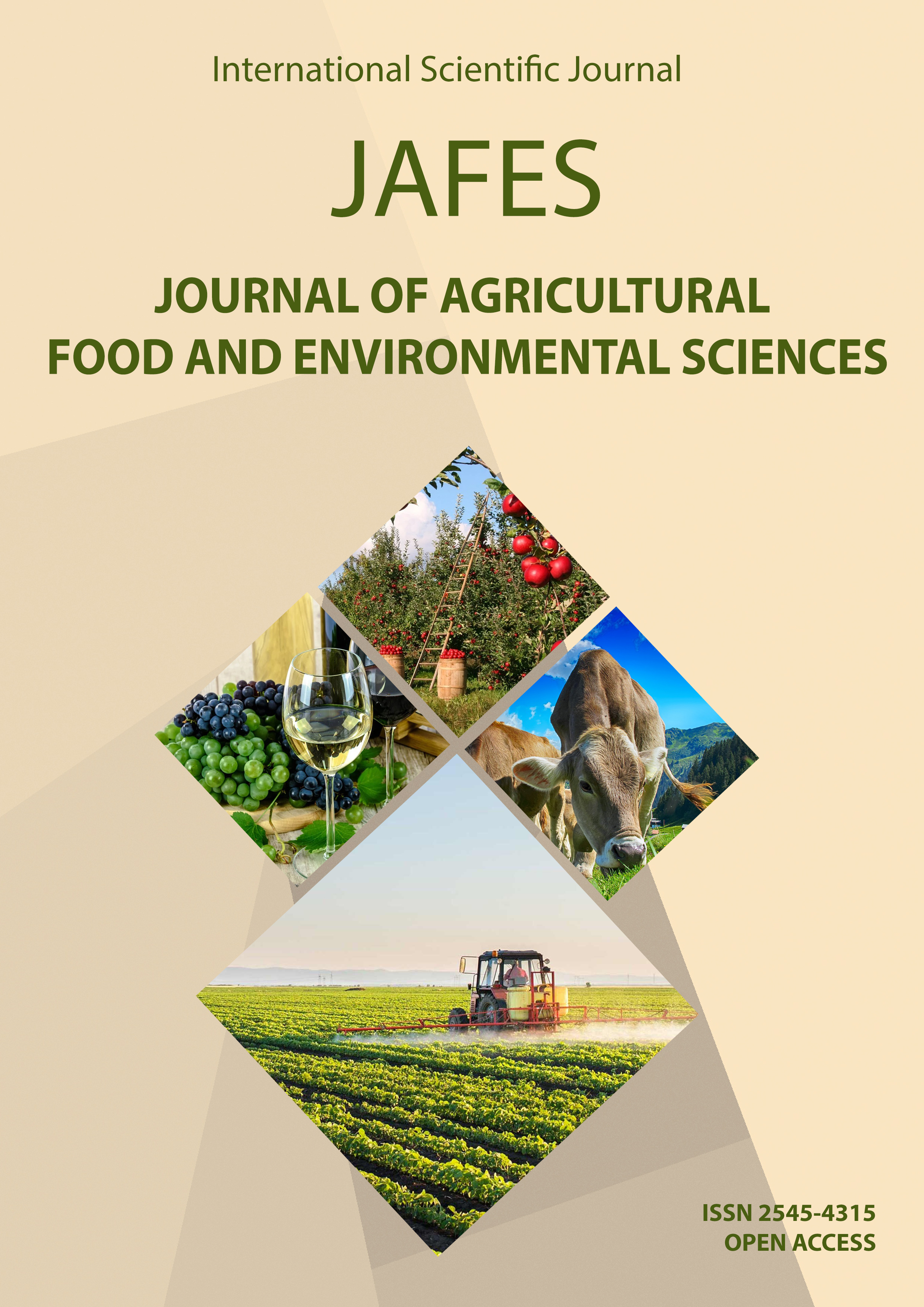BASIC CHARACTERISTICS OF ERWINIA AMYLOVORA STRAINS ORIGINATING FROM DIFFERENT HOSTS AND AT DIFFERENT ALTITUDES
Keywords:
bacterial blight, methods, tests.Abstract
Erwinia amylovora is a causative agent of bacterial blight of plants of the Rosaceae family. The most important hosts of this bacteria are apple fruits and ornamental shrubs. The paper presents comparative characteristics of Erwinia amylovora strains originating from different hosts and altitudes in Serbia.The presence of Erwinia amylovora was confirmed by classical tests and molecular and serological methods. The tests are: Gram, fluorescence on King B medium, tobacco and nutmeg leaf inoculation, isolation of bacteria on King B medium, presence of bacterial exudate, ELISA test, IF test, BIOLOG test and PCR. PCR can prove the presence of pathogens with a minimal amount of inoculum. Although this method is very reliable, it is necessary to prove it by other methods. A BIOLOG test is used as a very fast, reliable and cheap method for detecting bacteria. The metabolic imprint on the microtiter plate shows the typical characteristics of the bacteria and its connection with the sources of carbon compounds. The studied strains of apple, pear, quince and medlar isolated from different altitudes and different hosts show a negative Gram reaction, do not produce fluorescent pigment on King-B medium, cause hypersensitive reaction to tobacco leaf, cause necrosis of artificially inoculated pears, with the presence of bacterial exudates, react positively with the appropriate serum in the ELISA test, are positive for the IF test, leave a metabolic imprint on the BIOLOG test characteristic of E. amylovora and achieve an agglutination reaction by reacting with an antibody from the Express Kit.



